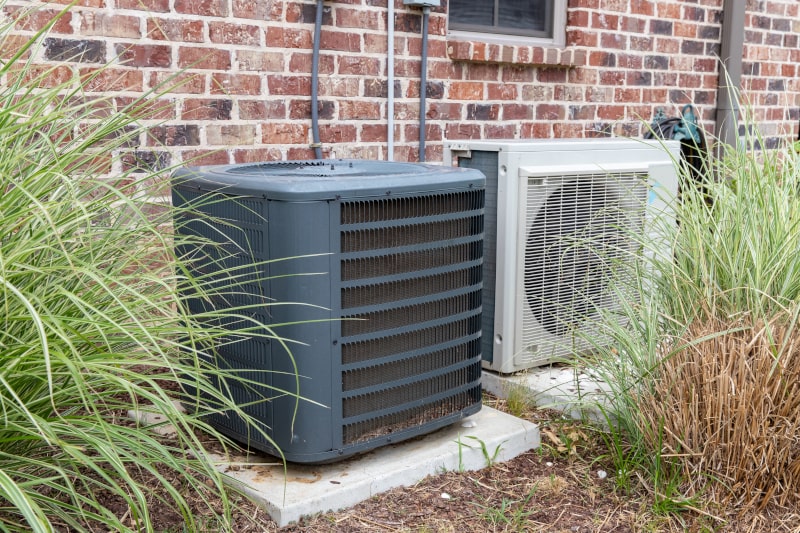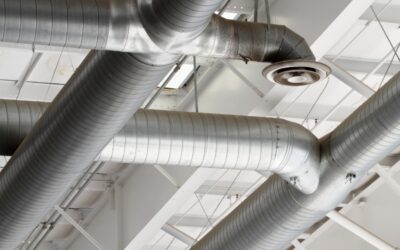Getting the most from your HVAC system in Opelika, AL depends on your knowledge. With so many perspectives and opinions, you’ve likely heard some that aren’t exactly accurate. Consider these four misconceptions about your HVAC system and the reality of the idea from which they come.
1. You Should Simply Set It and Forget It
One school of thought is that you should simply set your thermostat to a comfortable temperature and then forget it. The theory goes that it costs less to maintain a single temperature rather than to bring your home back to your desired temperature. While it’s true that this is more efficient than constantly changing your temperature, it falls short of the best efficiency.
Rather, the Department of Energy recommends that you adjust your thermostat by at least 7 degrees Fahrenheit when you leave. You can save up to 10% of your annual heating and cooling costs doing this, regardless of the type of HVAC system you have.
Ideally, you need to make this adjustment for at least eight hours each day. When you use a programmable thermostat to manage these adjustments, you might even be able to set it and forget until the next season.
2. A Bigger Unit Will Condition Your Air Faster
The British Thermal Unit, or BTU, is the measurement used for HVAC systems and indicates the capacity of heat generation or transfer. The idea is that a bigger unit will heat or cool your home more rapidly.
A larger system will produce colder or hotter air than a smaller one. However, unless the air is circulating well and the entire home reaches the same temperature, you’ll end up with inconsistent temperatures. Your system will shut off if the thermostat thinks the house is at the right temperature, but with a unit that’s too big, you can actually end up leaving other rooms too hot and humid despite running your HVAC.
3. Air Filters Don’t Really Need Changing That Often
You may have seen some advertisements offering a furnace filter that you only need to change once a year. However, those rarely serve your system properly.
In fact, what determines how often you should change your air filter is the surface area of the filtering material. The size, combined with your indoor air quality, will affect how quickly your filter clogs.
That’s why a 5- or 6-inch filter may only need changing once or twice a year. However, the more common 1- and 2-inch filters will need changing every one to three months.
When you neglect your furnace filter, you restrict the amount of air flowing through your system. This reduces your efficiency, driving up operating costs and leading to additional repairs or shorter service life.
4. Your System Doesn’t Need Attention Unless It Breaks
There is a common thought that you shouldn’t disrupt a machine unless it breaks, especially an older HVAC system. This rule of thumb fails to recognize that machines require regular maintenance to continue working effectively and efficiently.
When you neglect an HVAC system, it inevitably experiences airflow restrictions and additional strain. The airflow restrictions come from airborne contaminants that have settled on the circulating fan, evaporator coil and heat exchanger. They also settle into the ductwork, reducing airflow once it moves through the system.
The added strain comes from attempting to push air through a clogged or blocked system. It also comes from loose parts and electrical connections. These loosen over time due to the vibration created by the system as it runs.
Ideally, your HVAC system should have two maintenance visits every year. The fall visit focuses on your heating system and the spring visit on your air conditioning. Additionally, you should have professional duct cleaning every three to five years, depending on your air quality.
Your HVAC system will only work as well as you know how to operate it. Schedule your HVAC maintenance or your heating or AC installation consultation with one of the experts at Indoor Solutions today.
Image provided by iStock




